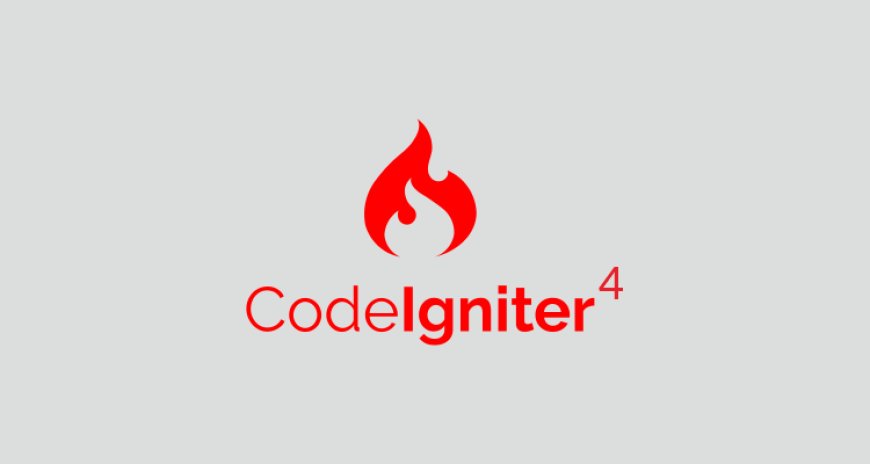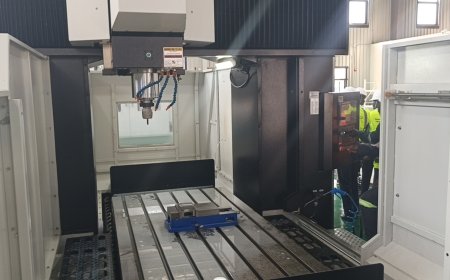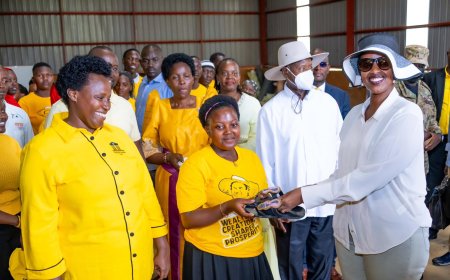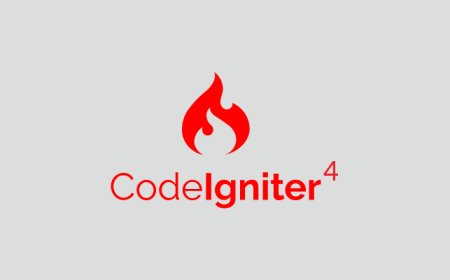Exploring CodeIgniter 4: A Look at This PHP Framework
A recent forum discussion on CodeIgniter 4 highlights a debate over its perceived clutter, with one developer frustrated by the framework's abundance of files and configurations. The exchange underscores the active, supportive community, recommending the manual for deeper insights into services and configs, while acknowledging that growth in frameworks can sometimes feel like bloat for those seeking minimalism.

Hey, if you're into PHP development, you've probably heard of CodeIgniter. It's been around for a while and has evolved into a tool that many people rely on for building web apps. Today, I want to talk about CodeIgniter 4, what it offers, where it came from, and even touch on some recent chatter in the community. I'll keep things straightforward, like we're just chatting over coffee about code.
What Is CodeIgniter 4?
CodeIgniter 4 is a PHP framework that's built to help you create web applications without a lot of hassle. It's full-stack, meaning it covers everything from handling requests to rendering views, but it stays light on its feet. The whole download is about 1.1 MB, plus a bit more for the docs. It's designed for folks who want something fast and flexible, without forcing you into strict patterns. You can use the MVC approach if it fits, but it's not required.
Think of it as a toolkit: it gives you the basics like routing, security, and data handling, so you can focus on your app's logic instead of reinventing the wheel. It's secure by default, with protections against common threats like cross-site scripting and request forgery. And it runs quickly, often beating out other frameworks in speed tests.
A Quick History Lesson
CodeIgniter started back in 2006, created by Rick Ellis at EllisLab as a way to make PHP development simpler and faster. The first public version dropped on February 28 that year, filling a gap for a lightweight option when other frameworks felt too heavy. It gained popularity quickly because of its clear docs and ease of use.
By 2013, EllisLab was looking for a new home for it, and in 2014, the British Columbia Institute of Technology stepped in to maintain it. That's when things really picked up steam with community involvement. CodeIgniter 4 came out in February 2020, marking a big shift—it was rewritten to support modern PHP standards like PSR-4 autoloading and namespaces. Since then, it's seen regular updates; the latest is version 4.6.3 as of August 2025. It's now under the CodeIgniter Foundation, keeping it open-source and community-driven.
Key Features That Stand Out
What makes CodeIgniter 4 worth a look? Here are some highlights:
- Performance and Size: It's quick and doesn't take up much space. You get good speed without bloating your project.
- Security Built In: Things like content security policy, escaping for outputs, and filters for inputs are there to keep your app safe.
- Flexible Structure: The app folder holds your code, with defaults for controllers, models, and views. But you can tweak it as needed.
- Services and Factories: It uses a service locator pattern for dependencies, and factories help with creating objects cleanly.
- CLI Support: Handy tools for tasks like migrations or seeding databases right from the command line.
- Minimal Setup: Most configs are ready out of the box. Just set up your database, and you're good to go.
It also plays nice with modern PHP, requiring at least version 7.4 or higher, and it encourages clean, extendable code.
How to Get Started
Getting up and running is pretty simple. Download it from the official site or use Composer to install. Set up your environment—PHP, a web server like Apache or Nginx, and a database like MySQL. The user guide has a tutorial that walks you through a basic app. Start with a controller, add a route, and build from there. If you're coming from older versions, note that CI4 is a fresh start, so some migration might be needed.
Community Takes: The Clutter Debate
Not everyone sees it the same way, though. In a recent forum thread, a developer shared their frustration, saying CodeIgniter 4 feels cluttered with too many files and configs right from the start. They pointed out that even a basic "Hello World" setup has over 100 files, and things like the Config folder seem overloaded with stuff that's not always needed.
Others jumped in to defend it, explaining that those files provide full features without extra downloads, and you can ignore or customize most of them. One user compared it to slimmer frameworks like Slim, noting you'd end up adding similar pieces anyway. They suggested reading the manual for better understanding of services and configs. It's a fair point—frameworks grow as they add value, but that can feel like bloat if you're after something ultra-minimal.
This kind of discussion shows the community is active and helpful. If you're on the fence, check the forums or GitHub for more insights.
Wrapping Up
CodeIgniter 4 is a reliable choice if you want a framework that's light, secure, and gets out of your way. It's come a long way since 2006, adapting to modern needs while keeping its core simple. Whether you're building a small site or something bigger, give it a try and see if it clicks for you. If you have thoughts or run into issues, the docs and community are solid resources.






























































































































